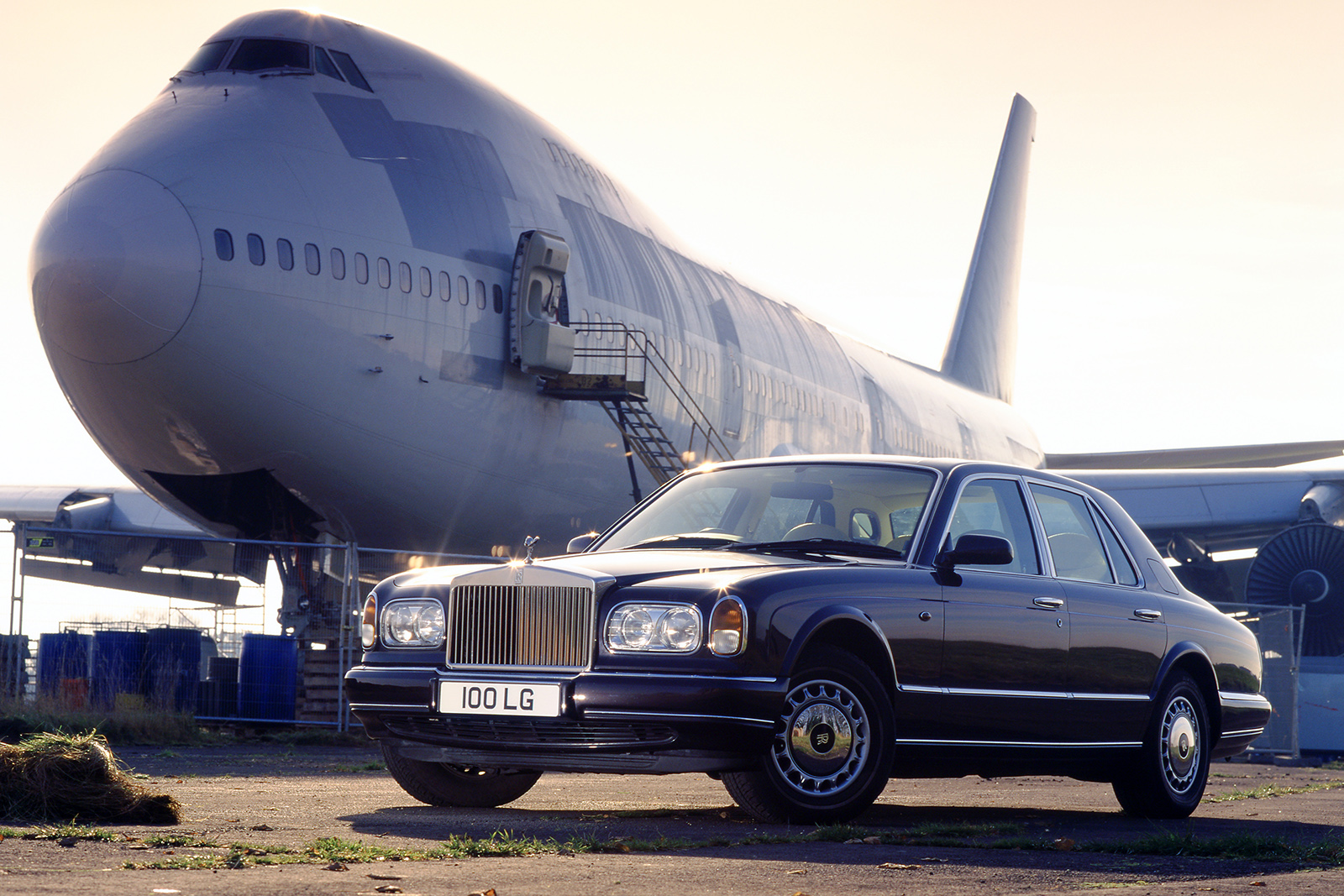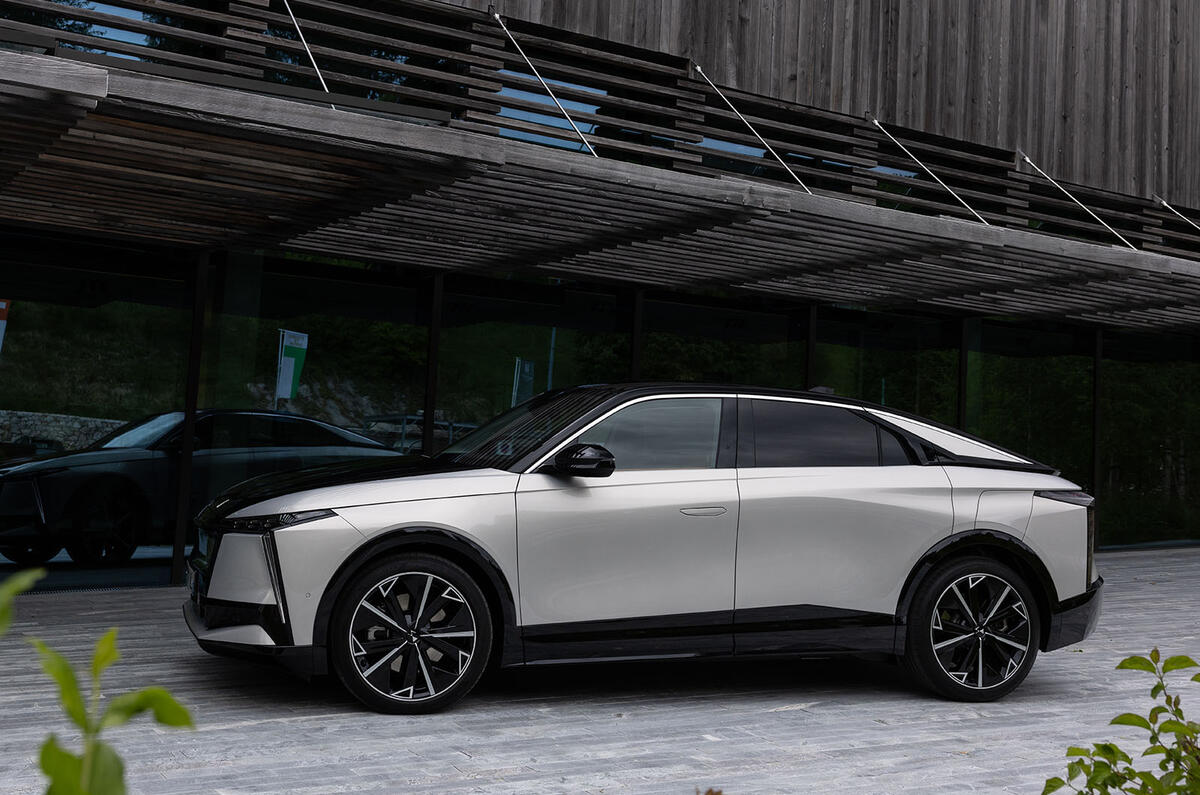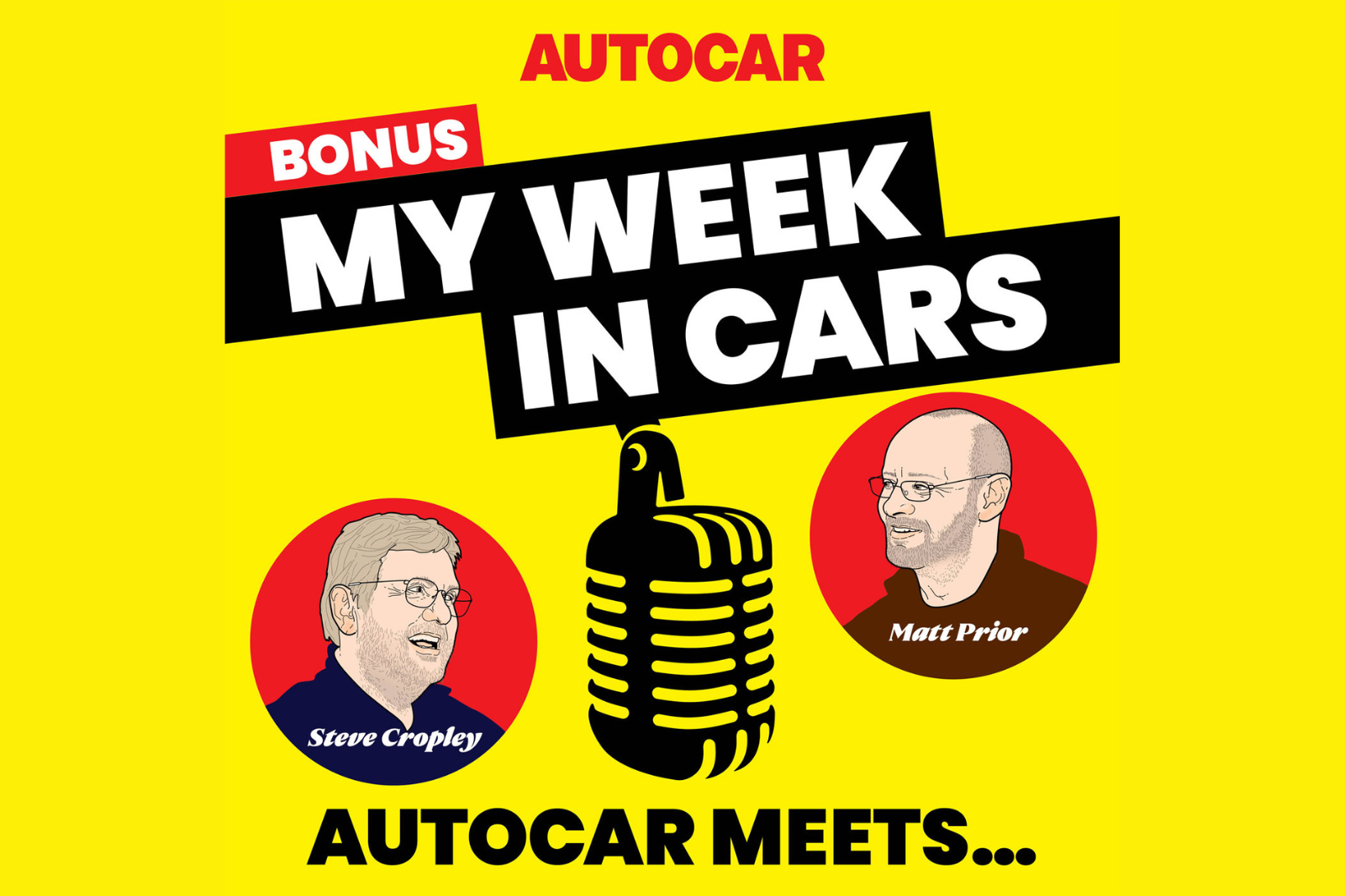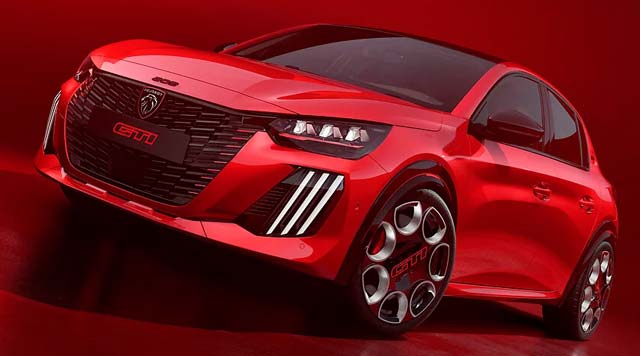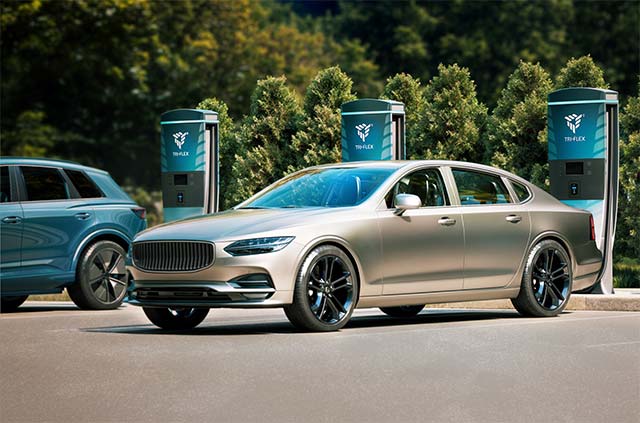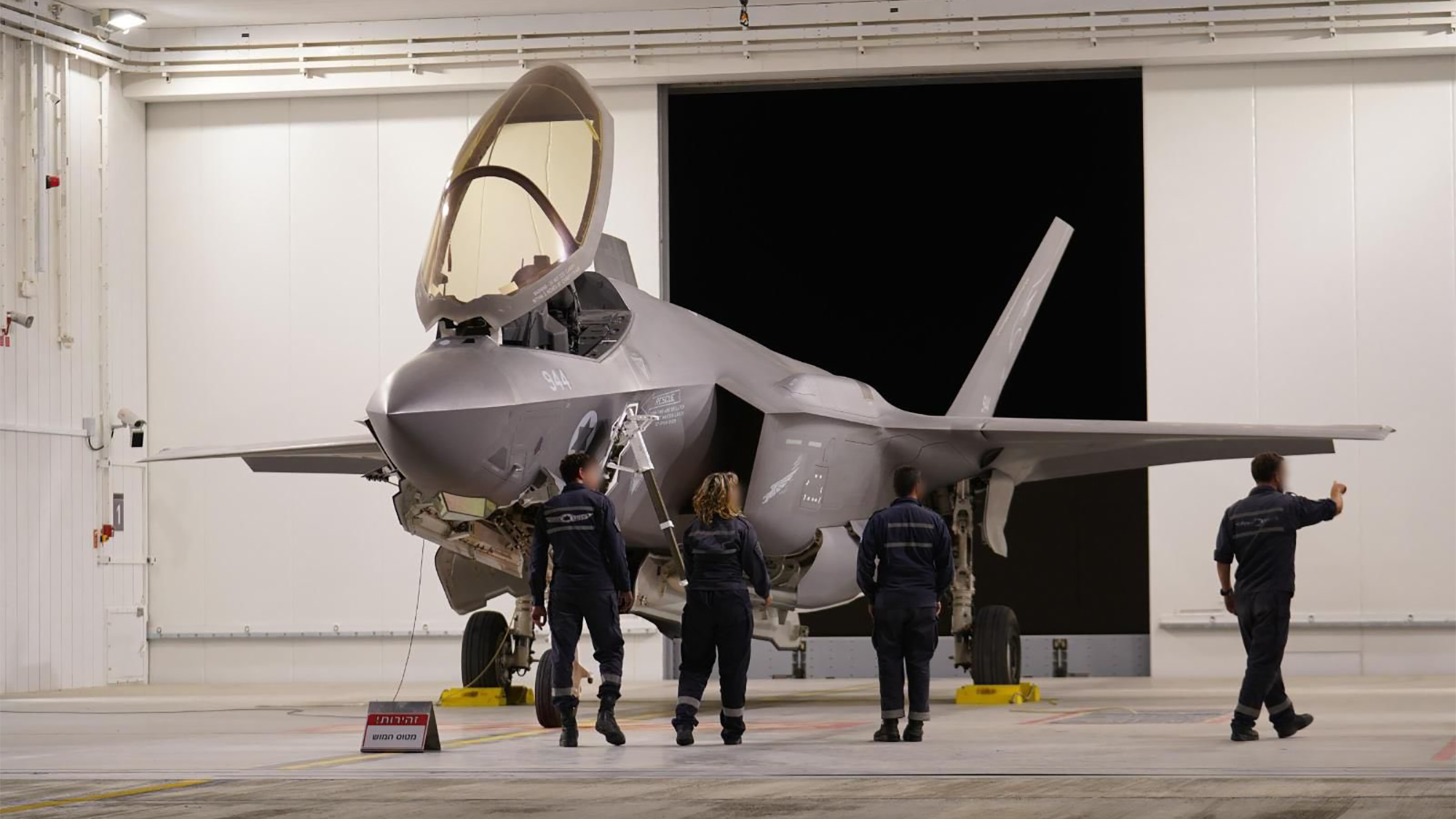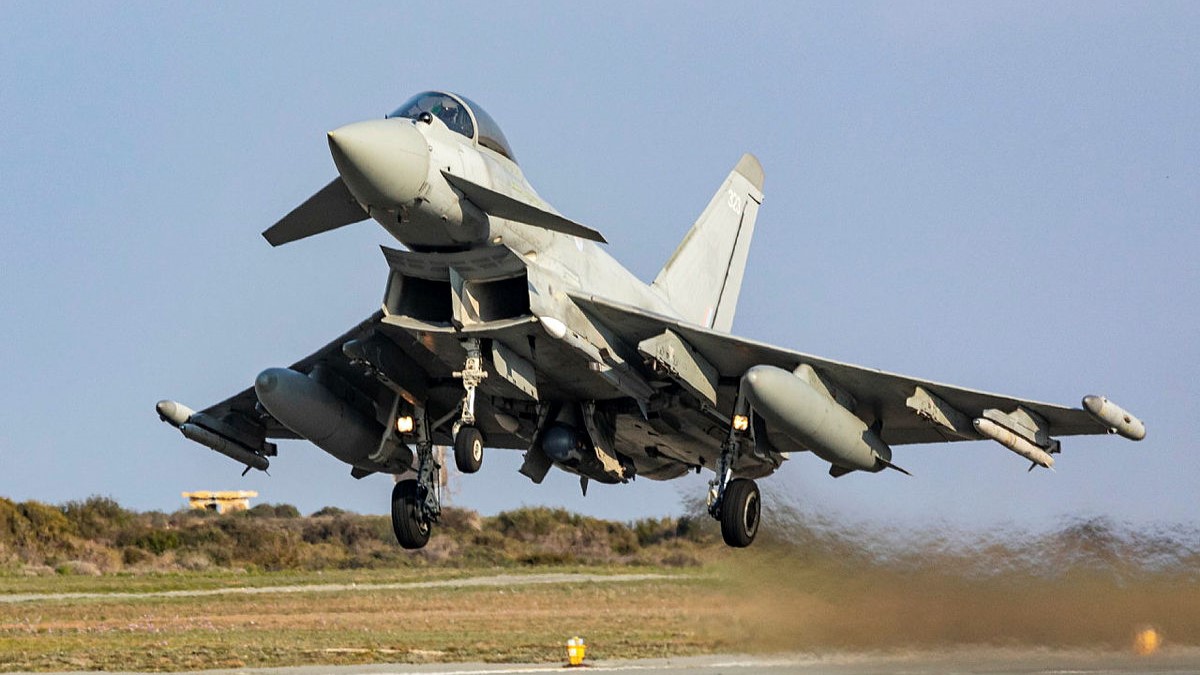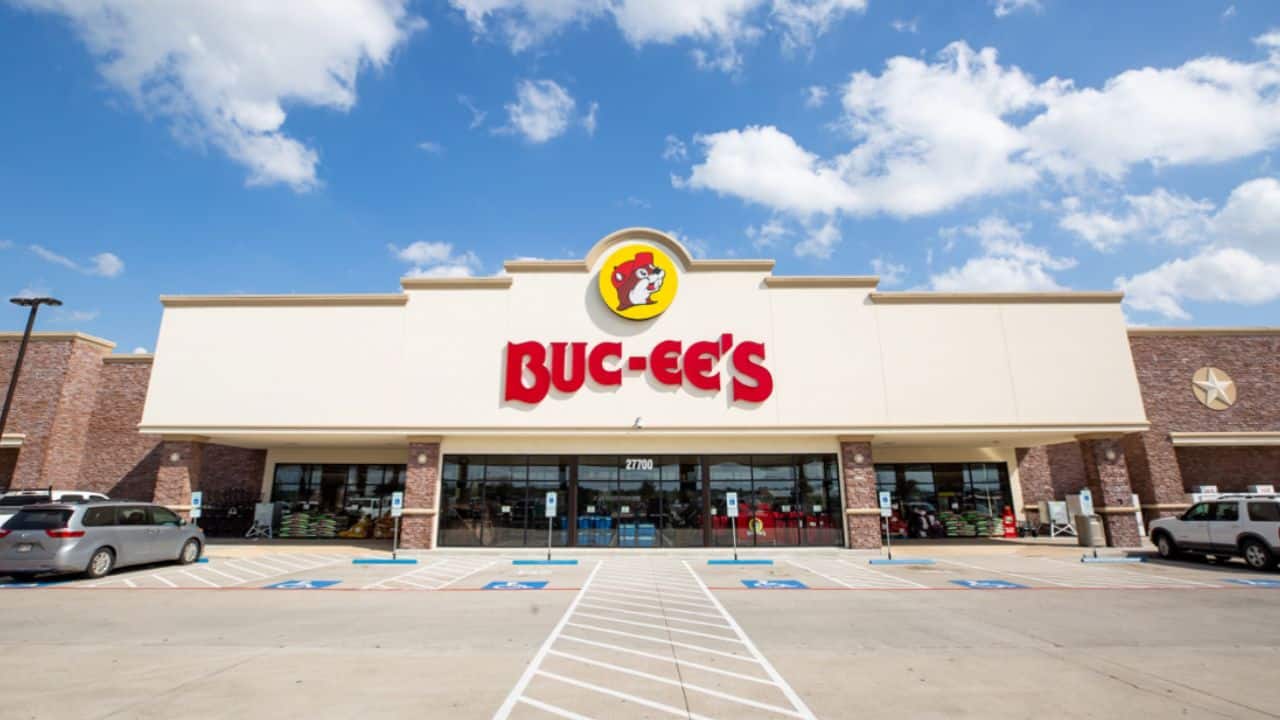Jack in the Box Just Closed All Its Kansas City Locations. But Experts Say This is a Good Thing.
Jack in the Box is no longer in Kansas City.

For nearly two decades, late-night taco runs and curly-fry cravings sent Kansas Citians to Jack in the Box drive-thrus at all hours. Not anymore. According to the Kansas City Star, the California-based chain has shuttered its final three restaurants in the metro—Mission, Overland Park, and Kansas City, Kansas—quietly ending its run in the market. A taped note on the Mission storefront simply thanked locals “for your support over the years,” but offered no hint of what comes next. Here’s what we know—and what the closures signal for the fast-food icon’s future.
How the Exit Unfolded in Kansas City
The retreat wasn’t sudden so much as a last domino to fall. Throughout the spring, at least five other KC-area units went dark, from Olathe to Blue Springs, leaving only the trio that closed this month. Even now, the company’s website still shows a “coming soon” dot in Kansas City’s Northland, but corporate spokespeople have gone radio-silent, declining to clarify whether that store—or any return to the region—is still on the table.
Local franchisees point to rising labor costs, years-old buildings, and intensifying competition from budget-focused rivals. Yet the deeper driver is corporate: Jack in the Box’s new leadership is aggressively pruning older, low-margin restaurants, especially those that rely on company capital instead of franchise dollars.
Inside the “JACK on Track” Turnaround Strategy
In April, newly minted CEO Lance Tucker rolled out a sweeping restructuring dubbed “JACK on Track.” The plan calls for closing 150–200 under-performing restaurants—most more than 30 years old—by the end of 2026. Roughly 80–120 of those closures will occur before December 2025, with additional shutdowns scheduled to coincide with expiring franchise agreements. Tucker framed the move as a pivot to “a simplified and asset-light business model,” promising to funnel real estate proceeds toward debt reduction, share repurchases, and technology upgrades.
The closures are only one lever. The company also suspended its dividend, slashed new company-owned development starting in 2026, and hired Bank of America Securities to explore “strategic alternatives” for Del Taco—the 600-unit Mexican-QSR brand Jack in the Box bought for $575 million in 2022. Analysts estimate Del Taco could fetch up to $200 million, cash that would immediately fortify the burger chain’s balance sheet.
What triggered such drastic measures? Same-store sales dropped 4.4 percent in Q2 2025, and comparable traffic has been negative for four straight quarters. Management believes eliminating drag from chronically weak units, like those in Kansas City, can restore positive net unit growth and lift franchisee economics over time.
The Bigger Picture: Closing Doors in One Market, Opening in Another
Paradoxically, the brand is still expanding—just not in Missouri or Kansas. Jack in the Box plans to plant up to ten restaurants across Chicago and its suburbs over the next two years, marking its first Windy City foray in four decades. The inaugural store is slated to open in July 2025 with 24-hour service, a modern prototype, and heavy digital integration. Corporate marketing chief Ryan Ostrom credits a viral social-media push for driving “80 percent national brand awareness” in markets where Jack in the Box has zero footprint.
Why pursue Chicago while abandoning Kansas City? Real-estate efficiency and demographics. New-market builds give the chain a chance to deploy smaller, tech-forward restaurants with dual drive-thrus and reduced dining-room footprints—features that align with its asset-light, franchise-first playbook. By contrast, many KC sites sat on land the company owned outright or carried leases written decades ago for larger floor plans—expensive propositions to retrofit.
What It Means for the Brand—and for Kansas City Diners
For Kansas City customers, the immediate impact is simple: those famed two-for-99-cent tacos are gone, and so are roughly 200 local jobs. Whether a re-entry happens hinges on franchising interest once JACK on Track stabilizes the system.
From a corporate standpoint, Kansas City is a cautionary tale of what happens when aging stores can’t keep pace with changing economics. If the turnaround delivers on its debt-reduction and margin goals, shareholders could see a leaner, more geographically balanced chain focused on high-growth territories instead of patch-work legacy markets.
Still, risk remains. Shrinking from established cities risks ceding market share to rivals like Sonic, Raising Cane’s, and regional burger stalwarts that have been pushing into mid-sized metros. And any sale of Del Taco—a brand bought to diversify menu mix—could leave Jack in the Box more exposed to burger price wars.
Bottom Line
Jack in the Box’s Kansas City closure isn’t an isolated stumble; it’s the public face of an aggressive, system-wide housecleaning aimed at rescuing a 74-year-old brand from stagnation. By shedding decades-old assets, courting franchisees in “white-space” markets, and possibly off-loading Del Taco, leadership hopes to prove that the fast-food veteran can still adapt to a digital, drive-thru-first era. Whether that bet pays off will hinge on how quickly new markets like Chicago ramp up—and how deftly the chain convinces long-time fans in places like KC that absence is only temporary. For now, Kansas City diners will have to satisfy their late-night taco cravings elsewhere, while Wall Street watches to see if JACK truly stays on track.









